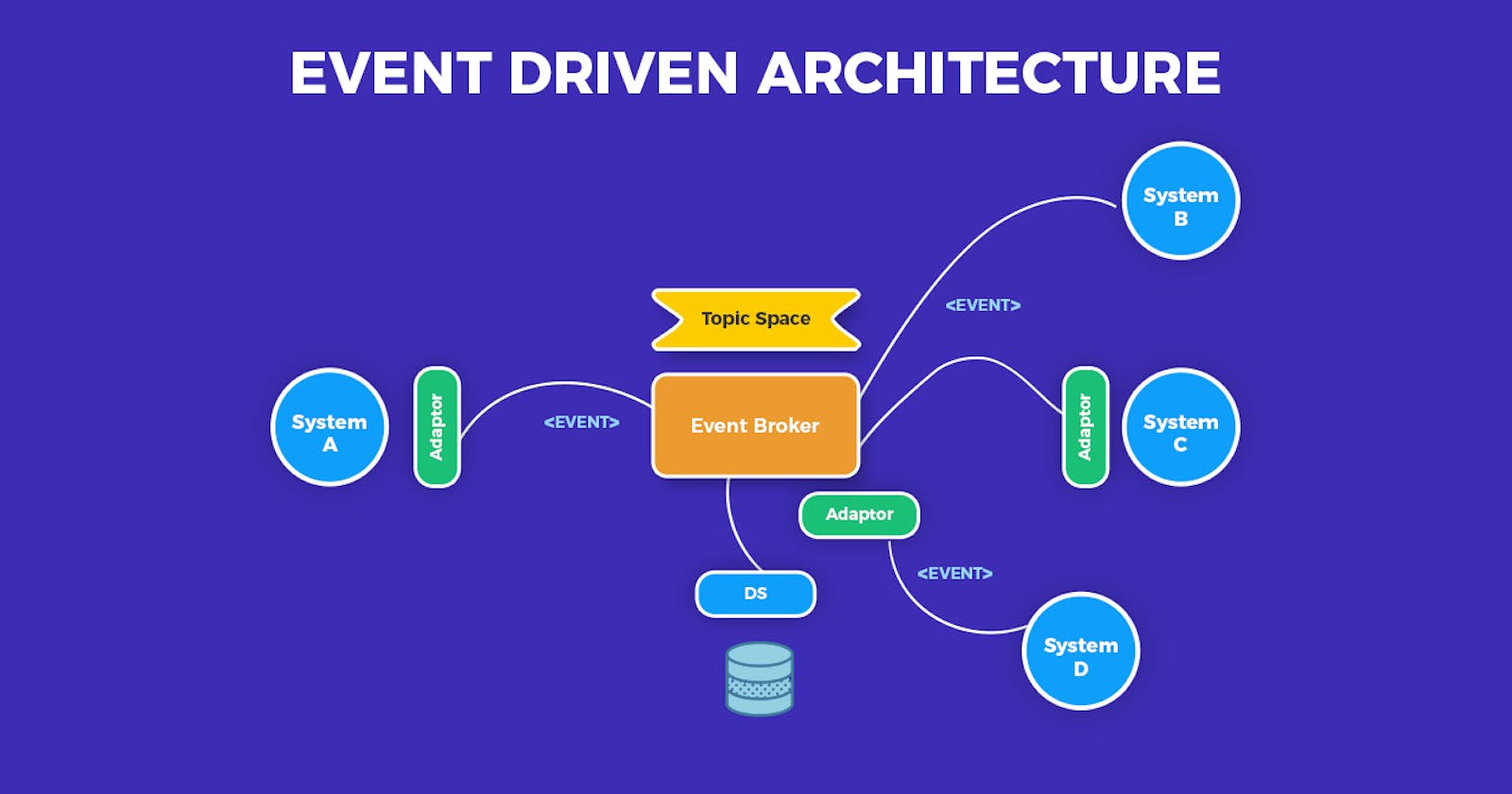Event-driven architecture (EDA) is a design pattern that allows software systems to respond to specific events, such as user interactions, sensor readings, or messages from other systems.
The basic concept of EDA is that the system is built around a central event loop, which continuously listens for incoming events. When an event is detected, the system responds by executing one or more predefined actions, such as updating a database, sending a message, or triggering a workflow.
One of the key benefits of EDA is that it allows for a high degree of flexibility and scalability. Because the system is built around a central event loop, it can easily respond to new types of events as they are added, without requiring major changes to the underlying architecture. Additionally, because events are handled asynchronously, the system can handle a large number of concurrent events without being bogged down.
Another advantage of EDA is that it promotes loose coupling between different parts of the system. In traditional monolithic architectures, different parts of the system are tightly integrated, making it difficult to change one part without affecting the others. With EDA, each part of the system is responsible for handling its own events, making it easy to add new features or make changes without impacting the rest of the system.
In terms of implementation, some several different technologies and frameworks can be used to build event-driven systems, including message queues, event buses, and stream processing platforms. Some popular choices include Apache Kafka, Apache Storm, and AWS Kinesis.
Overall, event-driven architecture is a powerful design pattern that can be used to build highly scalable and flexible systems. It's becoming increasingly popular in a microservices-oriented systems and cloud-native applications.
